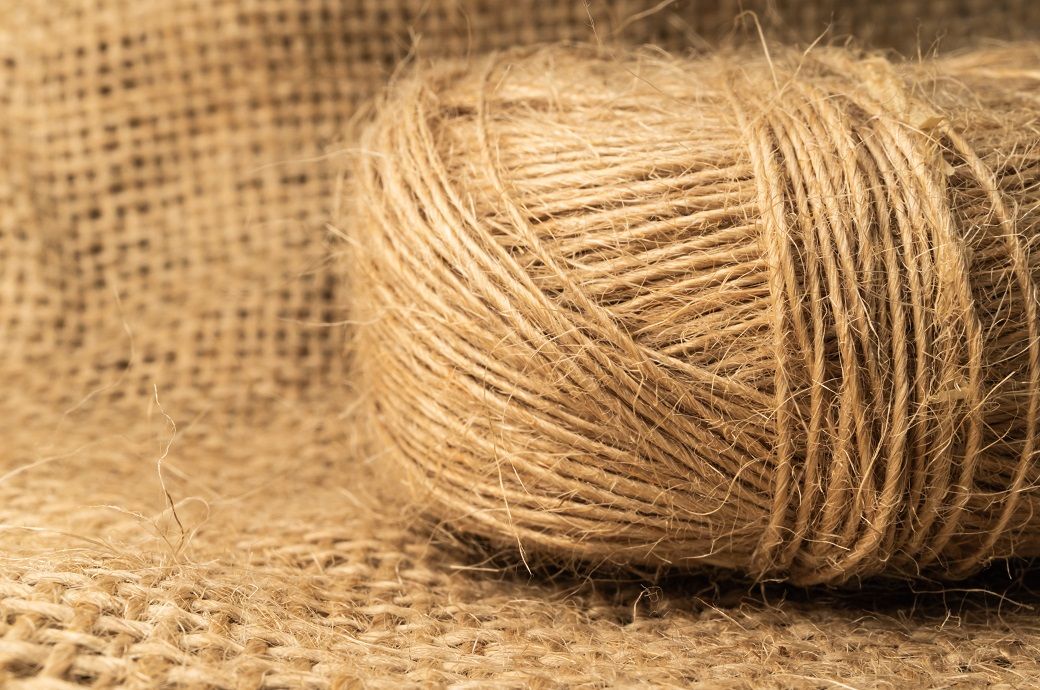
The corporation aims to broaden its reach to states such as Jharkhand, Nagaland, Meghalaya, and Tripura to boost raw jute production. The primary mandate is to procure jute from farmers under the minimum support price (MSP) programme, while also working towards implementing technological interventions for growth and transparency in the jute sector, JCI officials said at an event.
JCI plans to sign an MoU with the National Remote Sensing Centre to introduce a geospatial crop surveillance and monitoring system that covers jute fields across India. This system will enable accurate estimation of jute production and productivity using scientific methods. Data will be collected from 1,000 areas.
In the ongoing 2022-23 jute season, JCI has procured over 5 lakh quintals of raw jute through MSP operations. India's jute industry has urged JCI to maintain a buffer stock of 10 lakh bales to ensure adequate intervention in case of shortages. The procurement occurred at ₹4,750 per quintal, the MSP set for the current marketing season of 2022-23. The government has recently increased the MSP by ₹300 to ₹5,050 per quintal for the ongoing 2023-24 season.
Despite these efforts, the government has been unable to increase jute production over the past decade. India's jute production was 109.3 lakh tons during 2012-13, dropping to 93.54 lakh tons in 2020-21. Although production rose to 101.49 lakh tons in 2021-22, it slipped again to 100.49 lakh tons in 2022-23, according to the second advance estimates from India's ministry of agriculture. The production fell short of the target of 105 lakh tons.
Fibre2Fashion News Desk (KUL)